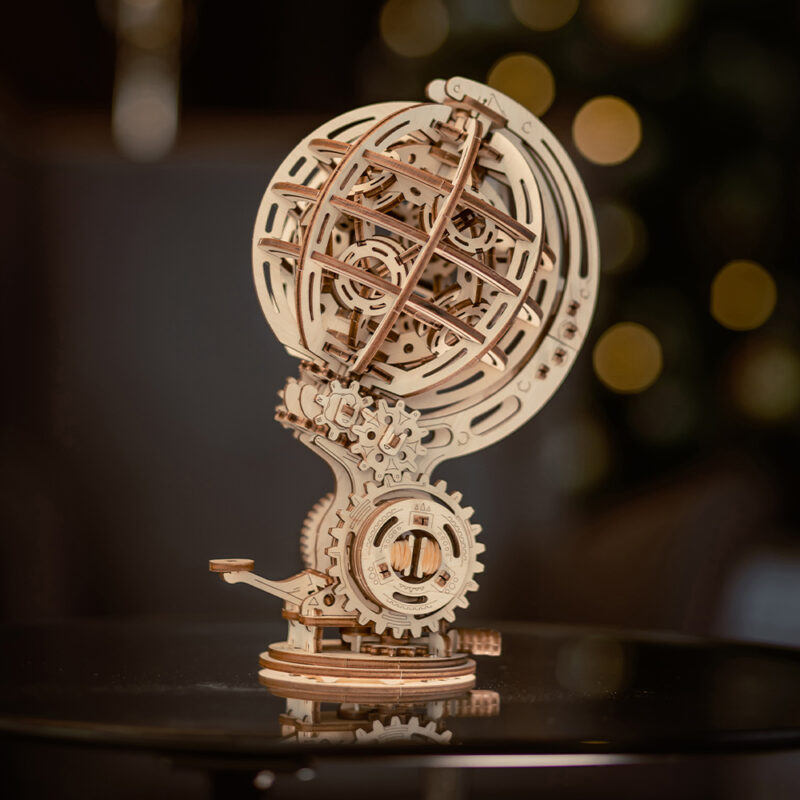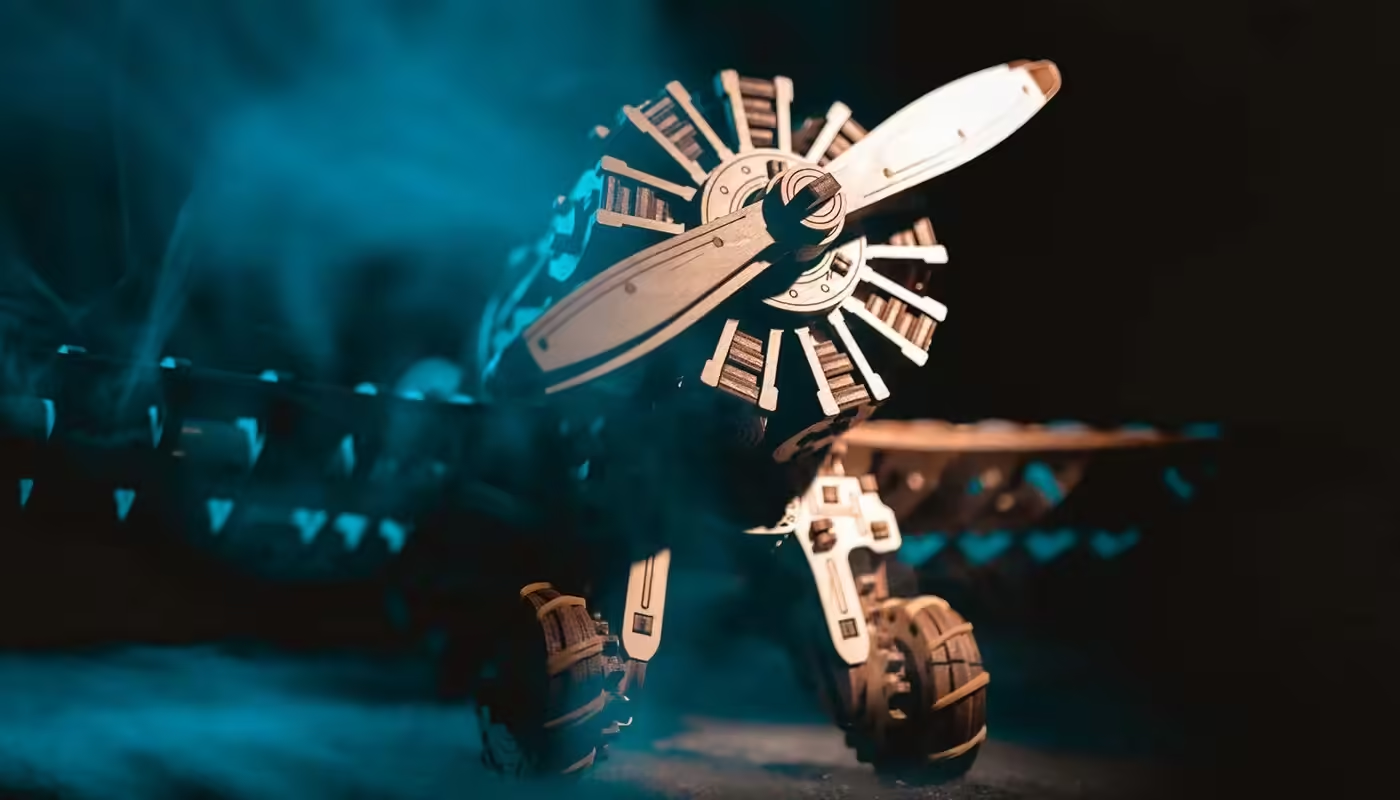Parenting
Toy Planes For Children: a fascinating journey from the past to the present
Toy Airplanes For Children
Today's chapter brings together all the different and best-known toy airplanes, including flying saucers and space toys.
A Toy Airplane is a small-scale model that is a replica or has the same shape as a real one. Toy airplanes are designed for children to play with and are made of various materials, such as plastic, metal, wood, or foam.
There are two kinds of toy airplanes: There are two kinds of toy airplanes: seaplanes and spaceships, such as:
Toys lighter than air (balloons, airplanes)
Toys heavier than air (toy airplanes, helicopters).
Toy airplane
Among the toy planes a distinction is made between those that do not fly and those that fly thanks to an electrical source; The latter are called flying toys.
The flying toy became an object of scientific research, contributing to the origins of aviation history.
Many celebrities, such as photographer Nadar, the Lartigue brothers, the Tissandier brothers and others, were interested in toy airplanes.
Ever since Alphonse Penaud introduced the twisted rubber band as a power source in 1871, many skilled airplane builders have made model airplanes using canvas, paper, and wooden battens. At the turn of the century, some French (Alma) and German (Märklin and Bing) companies made flying toy airplanes. But, due to their extreme fragility, unfortunately only a few of them have come down to us.
If toy airplanes were the earliest precursors of aviation, the production of subsequent airplanes since 1903 mirrors the history of aviation, which is an exceptional fact in the history of toys. Indeed, the first flight of the Wright brothers' biplane in 1903 gave rise to the creation of numerous toys similar to their airplane, produced by French manufacturers (Rossignol, F. Martin), but also by German manufacturers (Ernst Planck, Müller and Calderer, Märklin, Bing, Fischer, Diestler, Carat). And the same will happen for every major aviation-related event.
Blériot's crossing of the English Channel in 1909 inspired French and German builders. This is where the small Bleriot, made of soldered iron wire and tin, made by Ernst Planck, or models such as the Penny Toys, made by Distiller or Fisher, were born. They are all equipped with clock-like mechanisms that enable them to move on the ground or fly with a rotary motion around their own vertical axis while suspended from a wire by the dynamism of a giant cardboard propeller.
Science toy makers, especially from Germany, have reproduced, so to speak, all current aircraft models, even an "ornithopter," or a Bleriot-type flapping wing aircraft, made in various sizes by the Fisher company, using celluloid sails.
After Lindbergh's crossing of the Atlantic Ocean, the Spirit of St. Louis, a single-engine, high-wing monoplane, inspired numerous builders.
In 1931 the German company Gunthermann built the "Point d'Interrogation," with which the French Coast and Balon completed the crossing from France to the United States. This extraordinary red lithographed biplane hurtles over the ground as its propeller turns. Printed on the upper wings are the French and American flags and portraits of the two pilots.
Flying toys
Since 1903, the production of toy airplanes came mainly from the German market, while some French factories produced only this type of toy. The case of Louis Magnienne, a Parisian craftsman, was an expert in making flying toys well before the advent of airplanes in the late nineteenth century.
The first of these was patented: a flying fly, with flapping wings and suspended from a thread. Later he created a magnificent Santos Dumont in cloth and thread.
Around 1910 C. Rossignol company produced several small Wright and Bleriot aircraft in very light lithographed sheet metal. In 1931 it produced a series of aircraft in deeply etched and lithographed tin, including a splendid biplane with a wingspan of about thirty centimeters.
Another French company that has specialized in toy motorcycles and airplanes since 1925 is J.M.L. (Jeuness Magnienne de Lyon), which seems to have no relation to the late 19th-century inventor Louis Magnienne. Like Rossignol, J.M.L. built numerous aircraft of the period, the most famous of which is a splendid yellow and gold biplane called the "Paris-Tokyo," commemorated in his expedition. Using the same equipment, but different lithography, they made the "Canary," the "Coste et Belon," and the "Spirit of St. Louis," in monoplane or biplane versions. However, Rosinol and J.M.L. Toys. They differ from the German manufacturers in their lack of fidelity to the real subject.
Only J.E.P. Shortly before the war, the company produced a series of lithographed aircraft equipped with clockwork mechanisms and realistic scale models ("Morain-Saulnier," "Dewitten D27," etc.).
Italian: (Compagnie Industrielle du Jouet) built in 1936 the famous "Caudron Renault 800 chevaux," which won the German Cup despite the British dominance of the "Supermarine" and the Italian Macchi. With this plane, Helen Boucher became the fastest woman in the world; But with which she also lost her life.
The year 1936 was marked by the attack on Guernica in Spain. German manufacturers made fantastic toy fighter planes. They were part of the "promotional toys" for children.
Toy country airplane
On the eve of World War II, aviation was of paramount importance, after the Battle of 1914 had shown how important air superiority was in wartime strategy. Many German toy suppliers were making faithful reproductions of airplanes. We talk about the Lehman company, which built a Heinkel and a "Siebel" with a swastika.
This was the case with the "Stuka," an airplane proposed by the Dax company in a fully assembled kit, produced by the French company J.E.P. during the war in 1940. was created without a license by. and whose production continued after the war; That plane had French symbols!
Another propaganda aircraft factory was Tip, which owned a splendid "Heinkel 111," a "Siebel," and a "Juncker 52," which were used during the war as bombers, but also for transporting troops, mail, etc.
Later Märklin produced a large painted and already assembled tin airplane representing the "Juncker 52" model, which was very popular among collectors.
At this time the Fleischmann company, which specialized in trains and boats, faithfully reproduced one of the largest seaplanes of the time, the "Dornier X," equipped with twelve engines.
The most direct competitor of this magnificent aircraft was the famous "Lieutenant de Vice Paris," a tin replica of the "Latecoeur" seaplane, built by J.M.L. A particularly successful product of the company. (France).
Italian manufacturers, particularly the Ingap company, made beautiful toy airplanes such as the "Savoia Marchetti 81" and the "CR 42." These two aircraft participated in World War II.
After the collision, the "Savoia Marchetti" was used for medium-range passenger transport.
The Paya company built the first lithographed tin seaplane, the "Dornier Wall," a model of which flew over Greenland with the Amundsen expedition in 1925. He probably also produced a version of the "Dornier Super-" for Dornier. "Wall," particularly faithful.
Destined for a bright future, but soon withdrawn from production due to numerous fatal accidents, the 1938 "pocket" plane, the "Pau du Ciel," was reproduced by German manufacturer Salheimer & Strauss, which specialized in producing promotional toys.
Toy fighter plane
During World War II, the first jet planes appeared and the organization of large airlines (Air France, Air India, British Airways, etc.) was consolidated, with the nationalization of Air France in 1945;
There was also the invention of radar, the development of control towers, and the construction of airports. Together these works transformed the technical image of prewar aviation into a true art.
Even the famous American B27 bomber that dropped the first atomic bomb on Hiroshima, Japan, was reproduced after the war by large Japanese toy companies such as Yone and TN.
After World War II, the Japanese built the most beautiful toy planes, such as U.S. Air Force fighters with propellers or jet engines, and numerous models such as the "Douglas DC4," "DC7," "DC8. ", "Super Constellations", etc. It can be said that all toy planes made by the Japanese were mixed with the colors of American companies. Some planes, such as the B-36, a huge six-engine bomber that stood out during the Indochina conflict, several copies were made.
The appearance of helicopters on the market was a novelty proposed by toy manufacturers in the postwar period.
The French company Joustra (Strasbourg Jousts) produced many of them, including the famous "Alouette." Zoustra also built beautiful civilian planes made of stamped sheet metal, equipped with four to six propeller engines, friction-driven and bearing the Air France colors; The largest of these was "La Croix du Sud." Before the war, Zoustra built the Furman bombers known as "Paris-Bourget" and "Paris-Saigon," as well as a series of propeller-driven aircraft, including a version of the "Deweytin 330."
In the 1950s Zaustra built a number of fighter planes, including one equipped with ejection seats with parachutes; a highly reliable "Super Constellation" was then built in 1955.
The great American manufacturers of tin toys, such as the Wyandots, who built the famous "China Clipper" seaplane, or Marx, certainly not to be forgotten as the creator of the precision biplane. In the 1950s, German companies made some civilian aircraft. Such as Schuco's "Viscount," whose planes had different corporate colors depending on the country in which they were distributed.
But when it comes to toy planes, it is not only about making tin toys, but also about a large number of die-cast metal models.
In 1931, the British company Dinky-Toys (Mecano-Hornby) first launched a box of scale airplanes made of cloth on the market.
Apart from a few interruptions during the 1940 war, production continued until 1971, when the company closed its doors. But these small planes were so successful among children that other manufacturers, such as Techno or Majorette, resumed production. The pre-war Dinky-Toys planes, made of zamak (zinc, lead and steel), were replaced with aluminum parts because of their fragility.
In the 1950s, space toys gained an important place in the world toy market. Japanese manufacturers were the most productive in this field: they once built flying saucers, spaceships, spacecraft, robots, rockets, etc., which seem so old-fashioned today. Powered by long rubber bands, the primary rockets perform short descents and release the astronaut, who falls gently to the ground with the help of a parachute.
In the 1970s these tin products disappeared and only thermoformed plastic airplane models with gasoline engines and remote controls remained, as well as cast metal models.Speaking of airplanes, the era of electronic games began.
In the chapter devoted to airplanes, we cannot forget the printed sheets of cardboard, reproducing real or completely imaginary models, cut and assembled by the skilled hands of children.


